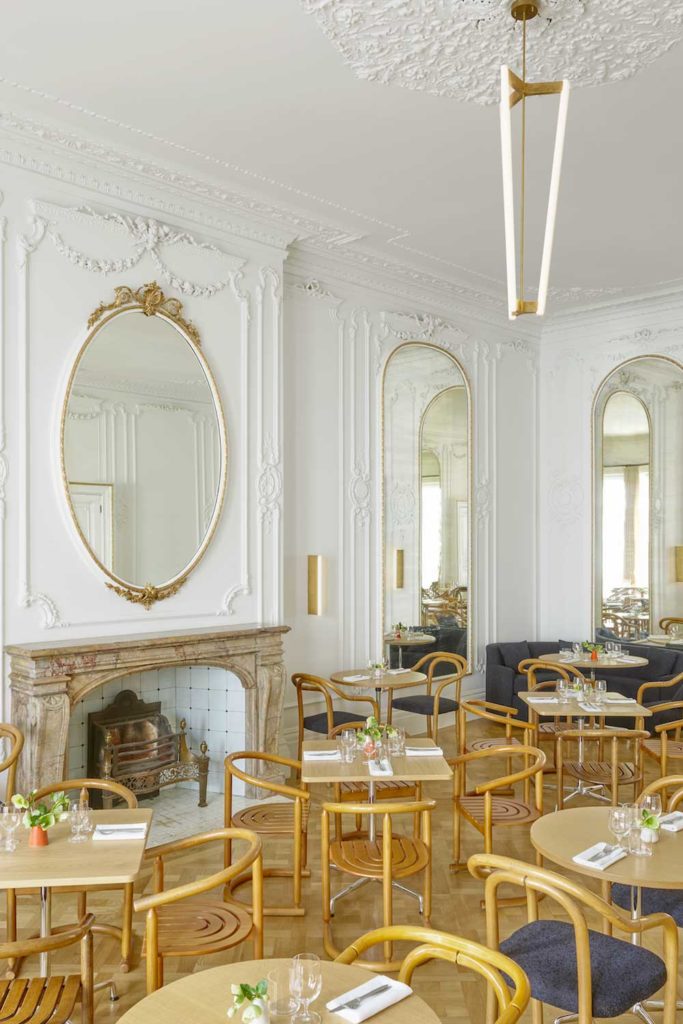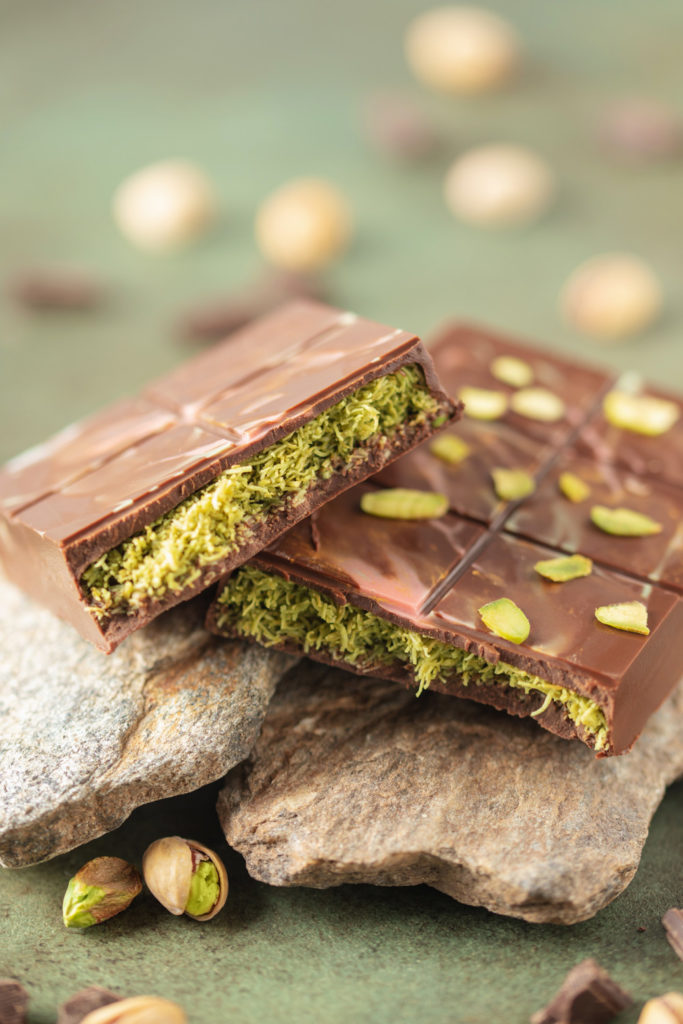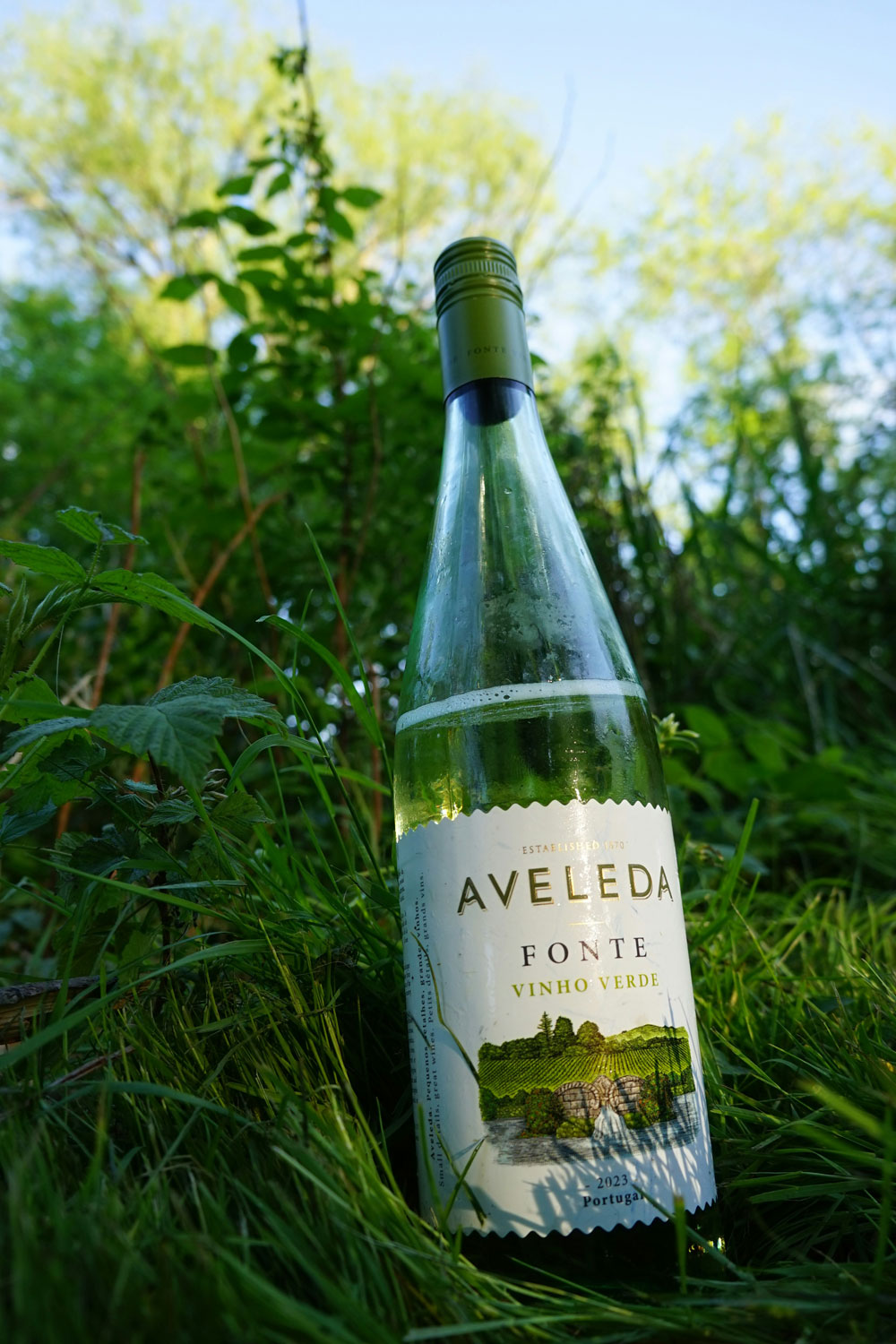
A Guide to Portuguese Wine
By
9 months ago
Here’s what you need to know, from a winemaker
Mauro Azóia started working as a winemaker in 2008 in his native city of Almeirim of the Tejo region – a key area for Portuguese white wines – and under the guidance of Russell Burns, developed his knowledge from winemaking practices to grape varieties and terroirs across the world. Now at Porta 6 of Vidigal Wines, which notably became an instant bestseller at Majestic, he shares his intel about Portuguese wines.
A Guide to Portuguese Wines
Wine Regions of Portugal
Lisboa
Lisboa is one of the most dynamic and varied regions providing affordable wines, like Porta 6, that are great for everyday drinking. The vineyards are found on rolling hills running from Lisbon northward along the coast. Our label pays homage to the city and its classic yellow trams.
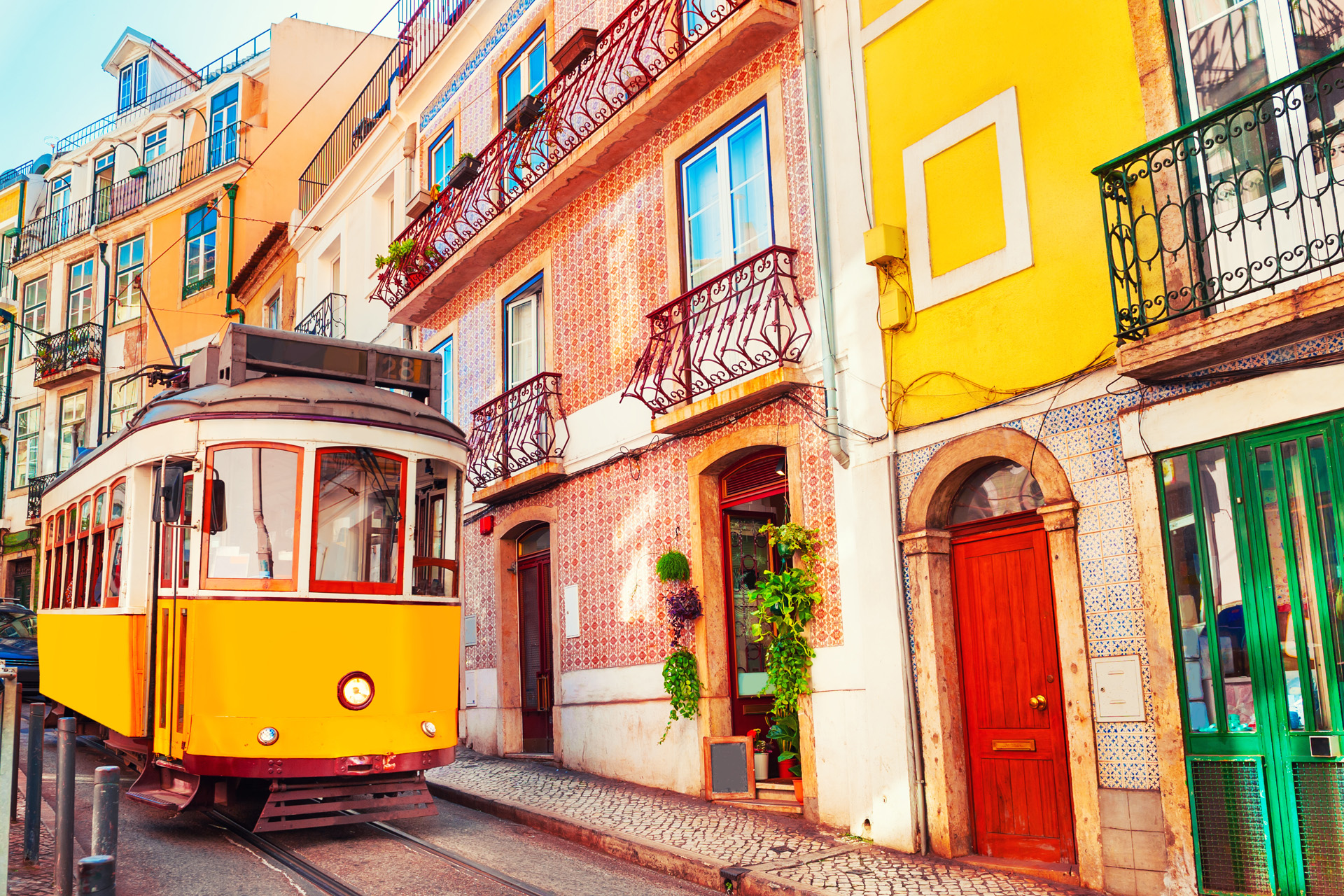
Douro
The Douro is one of the oldest and most beautiful wine regions in Europe, where wine has been produced for two thousand years. In 1756, it became the first wine region in the world to be demarcated and regulated, and it was classified by UNESCO as a World Heritage Site in 2001. Vineyards are planted on the steep hillsides bordering the Douro River, which runs through rugged, mountainous landscapes to the city of Porto. The Douro is home to Port fortified wines, among the great iconic wines of the world.
Vinho Verde
Known for its light, aromatic and fresh white wines, Vinho Verde (a.k.a. Minho) in the far north of Portugal, has a climate extremely influenced by the Atlantic option, being just inland from the Costa Verde. The landscape is green and humid, with cool temperatures and abundant rainfall. The wines, made from an array of grapes little known outside of Portugal (Alvarinho, Arinto, Azal, Avesso, Loureiro, and Trajadura) have zesty acidity, subtle carbonation, and lower alcohol.
Alentejo
The largest wine-producing area of Portugal, Alentejo stretches south from the Tagus River to the Algarve and east to the border with Spain and covers almost a third of continental Portugal. A vast rolling plain in Southern Portugal with cork forests and hilltop castles. Summer temperatures reach 40 degrees allowing the grapes to ripen for fuller wines. Alentejo regional white wines are aromatic, fresh and balanced, and the red wines, ruby-or garnet-coloured, are intense, full-bodied and at the same time smooth.
Azores
A Portuguese archipelago in the middle of the Atlantic Ocean, composed of nine volcanic islands, is home to some of the most striking and inhospitable vineyards in the world. The islands, such as Pico, have a long history of vine growing, since the 15th century when Catholic religious orders settled in the Azores and started to plant vines. The priests noticed similarities between the soil and climate conditions of some of the islands and those of Sicily and started to plant Verdelho vines, which on Pico island are planted directly in the crevices of the bedrock at the base of the volcano. Other white wine varietals are Arinto dos Azores and Terrantez do Pico.
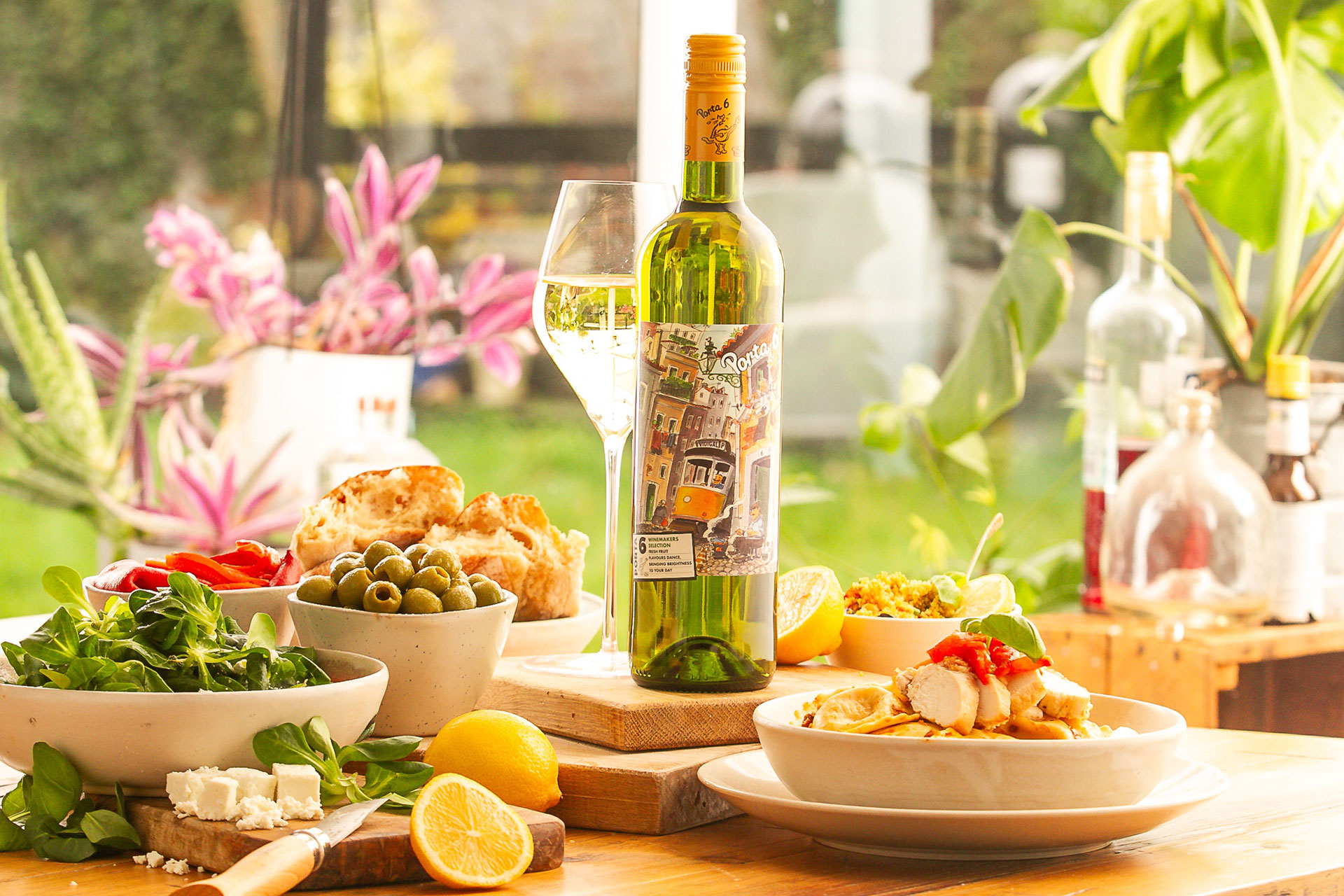
Portuguese Grape Varietals
Portugal is one of the countries with the greatest diversity of indigenous grape varieties, with around 250 varieties.
- White: Alvarinho is a refreshing white with stone fruit flavours, a hint of salinity and citrus. Meanwhile, Fernão Pires, is intensely floral, with lime, peach and honeysuckle notes, and Arinto makes bone-dry wines with hints of lemon zest, grapefruit, beeswax and hazelnut.
- Red: Touriga Nacional is now popular as a single varietal for full-bodied still wines, Touriga Nacional offers flavours of blueberry, plum and violet, and Castelão is becoming increasingly popular for everyday, fruity wines with mocha characteristics.
Portuguese Food and Wine Pairings
Portugal prides itself on its delicious traditional food which pairs beautifully with local Portuguese wines. Classic pairings include bacalhau à brás (salted cod) with Arinto white wines and grilled sardines with Vinho Verde or Lisboa rosé wines.
Arroz de tamboril is a rich rice-based dish with tomatoes, garlic and fish and pairs well with Vinho Verde Alvarinho.
As for reds, wild boar stew is perfect with Red Douro wines, such as Touriga Nacional, and posta mirandesa – Portugal’s answer to a chateaubriand – is perfectly paired with the ripe, red fruits and spice of Castelão grape wines.


